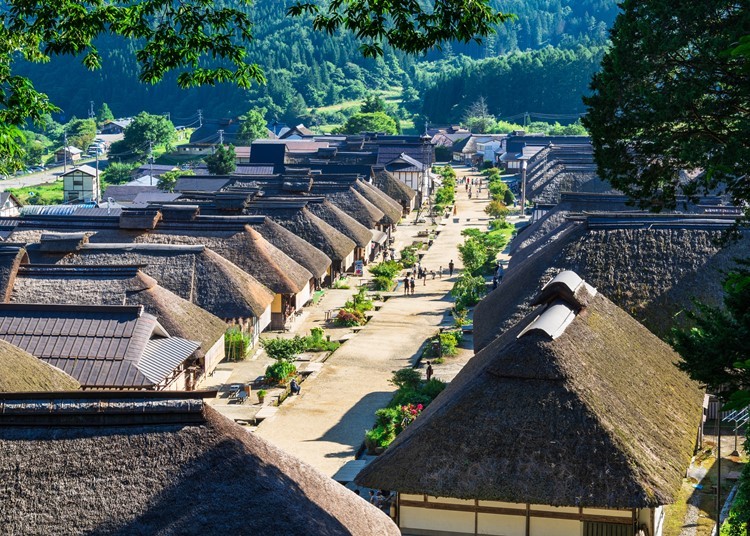
Fukushima Prefecture is a part of Japan's northeastern region of Tohoku. It is the third-largest prefecture in size behind Hokkaido and Iwate and is split between the three areas of Hamadori, Nakadori, and Aizu by a mountain range running north to south.
Each area has its own distinctive features, making it important to read up before visiting to make the most of each spot!
Main image: PIXTA
1. Quick facts about Fukushima
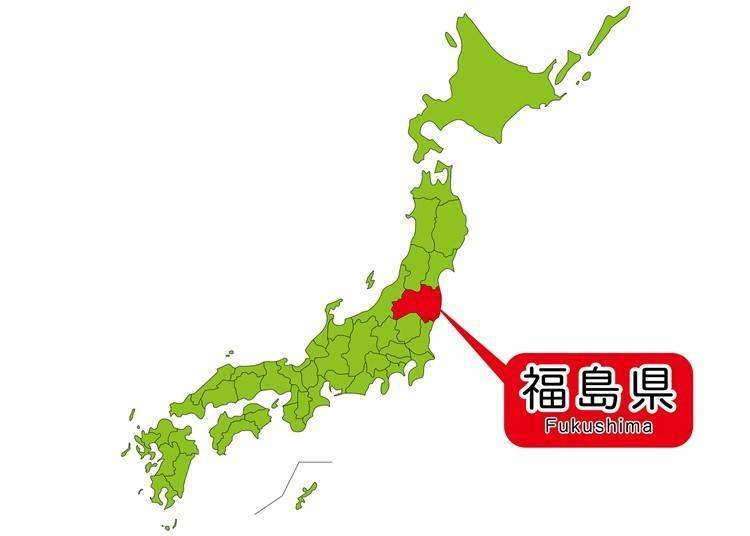
(Image: PIXTA)
Fukushima is a part of mainland Japan sitting in the south of the Tohoku region. It runs long from east to west and is split into the easternmost Hamadori, Nakadori, and Aizu by the north-south running Abukuma Highlands and Ou Mountains.
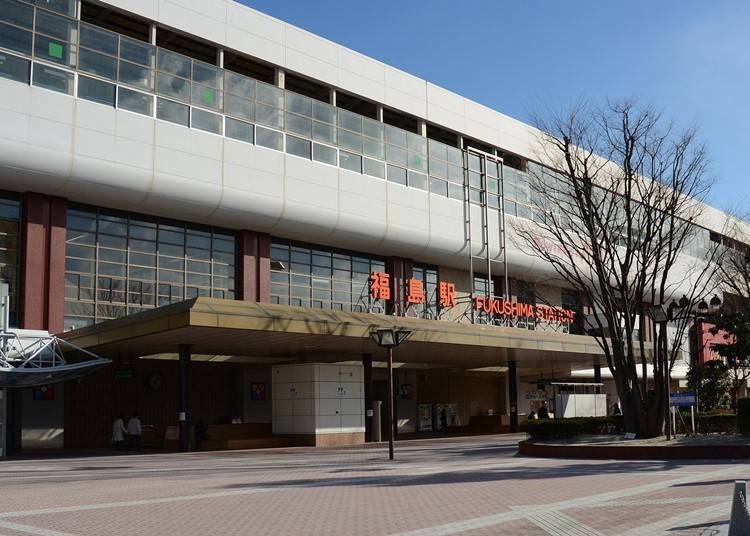
(Image: PIXTA)
The capital is Fukushima City in Nakadori. Fukushima Castle, which was renamed from Suginome Castle, was built in the area where the Fukushima Prefectural Office now stands around 1592, from which the domain of the Fukushima Clan ruled. Today, only part of the earthen wall and remnants of the garden remain. On the grounds stand signboards and stone monuments detailing this history.
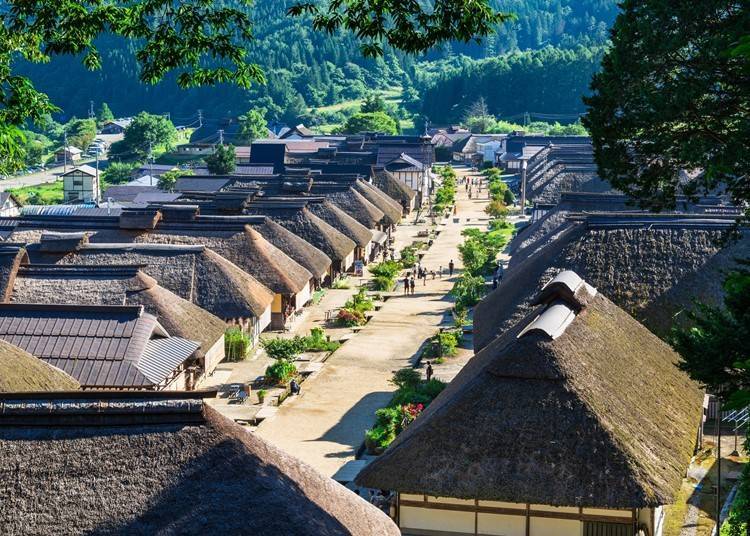
Ouchi-juku – a traditional inn town located in Minamiaizu. (Image: PIXTA)
Nakadori, which contains Fukushima City, is known for its luxurious hot springs and fruit farms where you can pick peaches, pears, and more.
Aizu is all about history and tradition, with the heart of the Edo period still beating in the old post town of Ouchi-juku and the red tiles of Tsuruga-jo Castle.
Facing the Pacific Ocean, Hamadori is most famous for the interactive sea park Aquamarine Fukushima and the enormous resort facility Spa Resort Hawaiians.
Due to its size and the sheer amount of sightseeing in each region, it’s best to choose one area you like and plan your itinerary accordingly.
2. When is the best time to visit Fukushima?
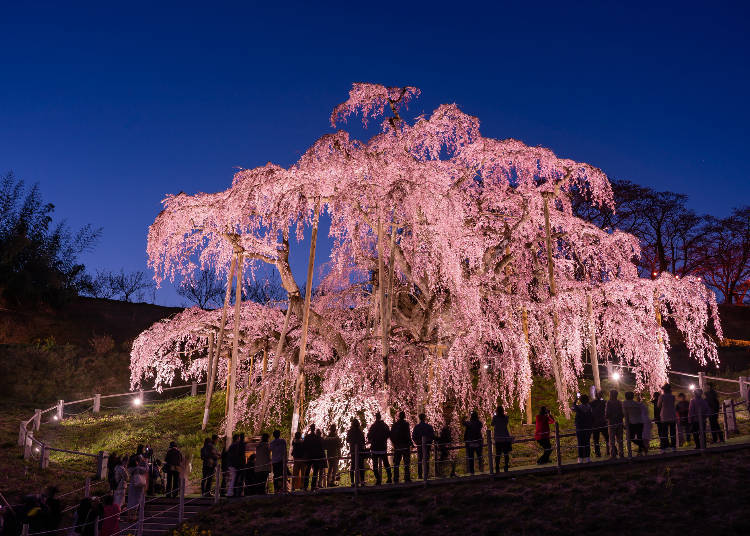
The Miharu Takizakura Light-Up. (Image: PIXTA)
The climate of Fukushima also varies by region. Nakadori sits within a basin, making it extremely hot and humid during summer and snowy in winter. Meanwhile, the mountainous areas of Aizu stay relatively cool in summer while the basin again becomes hot and sticky.
To make the most of Fukushima’s gorgeous natural wonder, we recommend visiting between spring and autumn.
・Spring
The “sakura” cherry blossoms will bloom here from mid-April until the end of the month, which is the perfect time to witness the ancient Miharu Takizakura tree, considered one of Japan’s Top Three Cherry Trees.
・Summer
During summer, you can swim and camp at Lake Inawashiro, the fourth largest lake in Japan.
・Autumn
Autumn is dominated by breathtaking foliage at the Goshikinuma Ponds, which peaks between mid-October and early November. The enchanting cobalt b…

